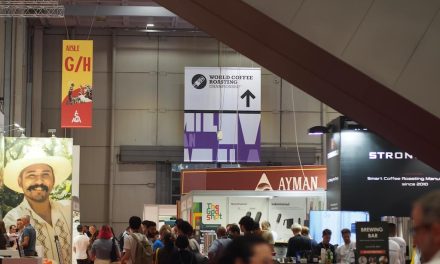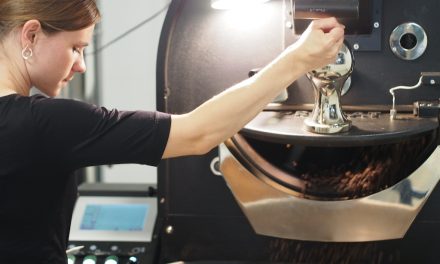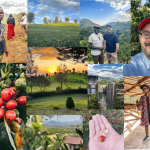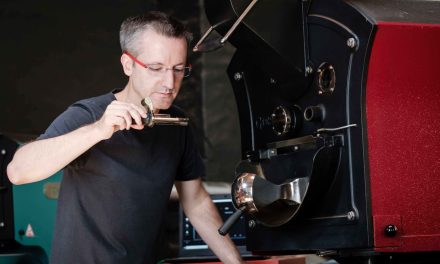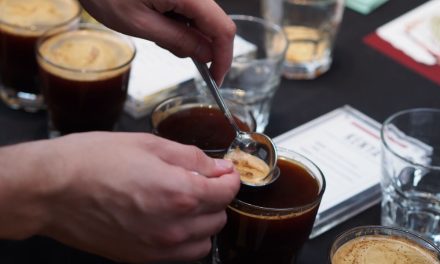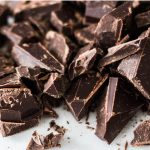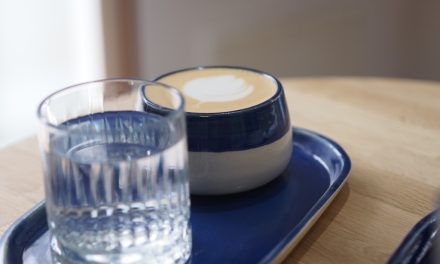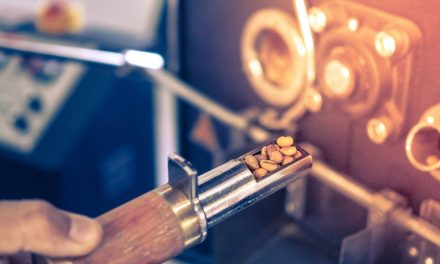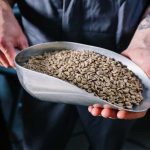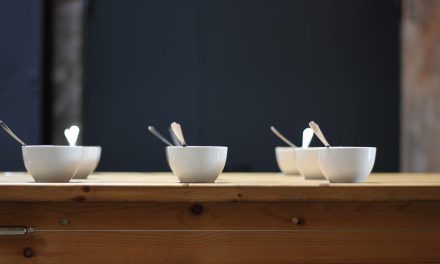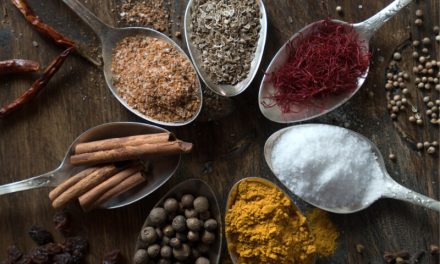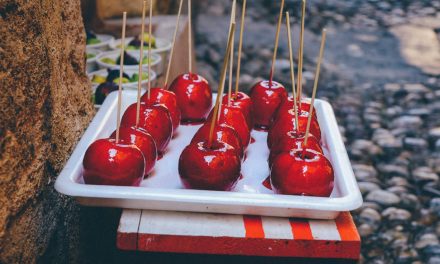
The Sweetness Experiment: How Sensitive Is Your Palate?
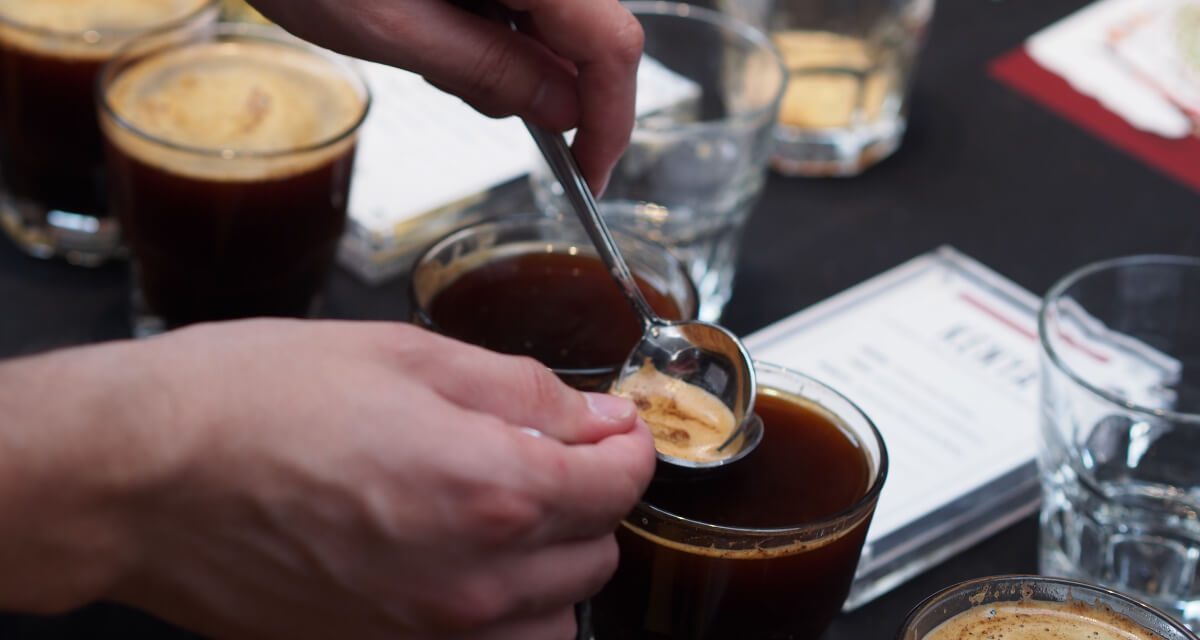
Sweet, Sour, Salty, Bitter, Umami.
Most of us can easily distinguish between the different basic tastes.
But how good is our perception when it comes to differentiating various concentrations within a single taste, such as sweetness?
This article is for you if you:
Want to improve your perception of individual basic tastes.
Are curious about how to determine your personal detection and recognition thresholds.
Want to understand when these thresholds can be useful.
From Sweet to Overwhelmingly Sweet
Let’s assume for a moment that we can flawlessly distinguish between the five basic tastes.
The next step is to take one of these tastes and measure our sensitivity to it.
Let’s choose sweetness. Sweetness is not just one-dimensional—it varies in intensity and perception. Some things taste slightly sweet, moderately sweet, very sweet, or overwhelmingly sweet—with many nuances in between.
The sweetness of a date is different from that of a cherry, a strawberry, or a blueberry.
Even a lemon contains some sweetness, although it’s far from dominant. And if you’ve ever tasted different types of sugar, you know that not all sugars taste the same.
Clearly, sweetness has different qualities, and we can train ourselves to recognize them.
A Tasting Scenario with Five Cupping Bowls
Each person perceives sweetness differently due to individual sensitivity. But can we measure that sensitivity? Yes, we can!
Step 1:
We prepare a sugar solution.
Step 2:
We dilute it using a specific method and pour different concentrations into several cupping bowls.
Step 3:
We taste the different solutions and determine when we can detect a difference.
For this experiment, we use five cupping bowls:
- One bowl contains only water—this is Sample 0 and serves as our baseline.
- The next bowl contains a very weak sugar solution—this is Sample 1.
- We continue with bowls 2, 3, and 4, each containing increasingly concentrated solutions.
Now, we begin tasting:
First, we sip Sample 0 (pure water). No taste should be detectable.
Then, we taste Sample 1. Do we notice a difference? If we didn’t already know this was sugar, would we recognize it as such?
We note our impression using the following system:
“0” → “I don’t taste anything; it’s like water.”
“?” → “I notice a change compared to Sample 0, but I can’t identify the taste.”
“X” → “I recognize the taste—it is ______.”
We repeat this process for Samples 2, 3, and 4, recording our impressions for each.
Where Is Your Detection Threshold?
Now, we review our notes.
- In Sample 1, we sensed some difference compared to Sample 0, but we couldn’t name the taste.
- In Sample 2, we noticed a more pronounced change, yet we still weren’t fully certain.
- By Sample 3, we confidently identified the taste as sweet.
This means we have determined our personal detection and recognition thresholds for sweetness:
Detection threshold (Sample 1): This is the point where we perceive a difference but can’t yet identify the taste.
Recognition threshold (Sample 3): This is the point where we can identify and name the taste as sweetness.
Now, we know exactly where our sensitivity to sweetness lies.
The best part? We can repeat this process for all other basic tastes—saltiness, sourness, bitterness, and umami.
And if we want to refine our sensory perception, we can gradually adjust the solutions to maintain or even lower our detection threshold—if we choose to.
Is There a “Correct” Recipe?
What specific values should we use for detection and recognition thresholds?
That depends on which method we follow. There is no single “right” recipe—it all depends on our goal.
- If we want to qualify as sensory assessors under DIN 10961, we must detect a 0.3 % sugar solution (0.3 g sugar dissolved in 99.7 ml hot water, then cooled).
- If we’re preparing for a Q Grader exam, we practice with a 0.75 g sugar solution in 99.25 ml hot water.
The purpose of this sweetness experiment is to help us understand how to measure our own taste perception—and how to determine our personal detection and recognition thresholds.
Why Does This Matter?
Knowing our detection and recognition thresholds offers several benefits:
- We perceive sweetness, acidity, umami, saltiness, and bitterness more accurately in coffee.
- We better understand our own sensory sensitivity and can maintain or improve it over time.
- If our goal is to become a certified sensory assessor (DIN 10961), we need to know our starting point and what the practical requirements entail.
- If we’re preparing for a Q Grader exam, we must know which solutions and concentrations are required.
Final Thoughts
Sweetness isn’t just one thing—it varies greatly in type and intensity.
Detection and recognition thresholds are terms that may not be intuitive to many, but they are essential tools for professional sensory analysis.
With refined sensory perception, evaluating coffee quality becomes much easier.
By determining our detection and recognition thresholds, we can measure and improve our sensitivity to each basic taste—if we choose to.
And if we plan to become certified sensory assessors or prepare for a Q Grader exam, this skill will be invaluable.

